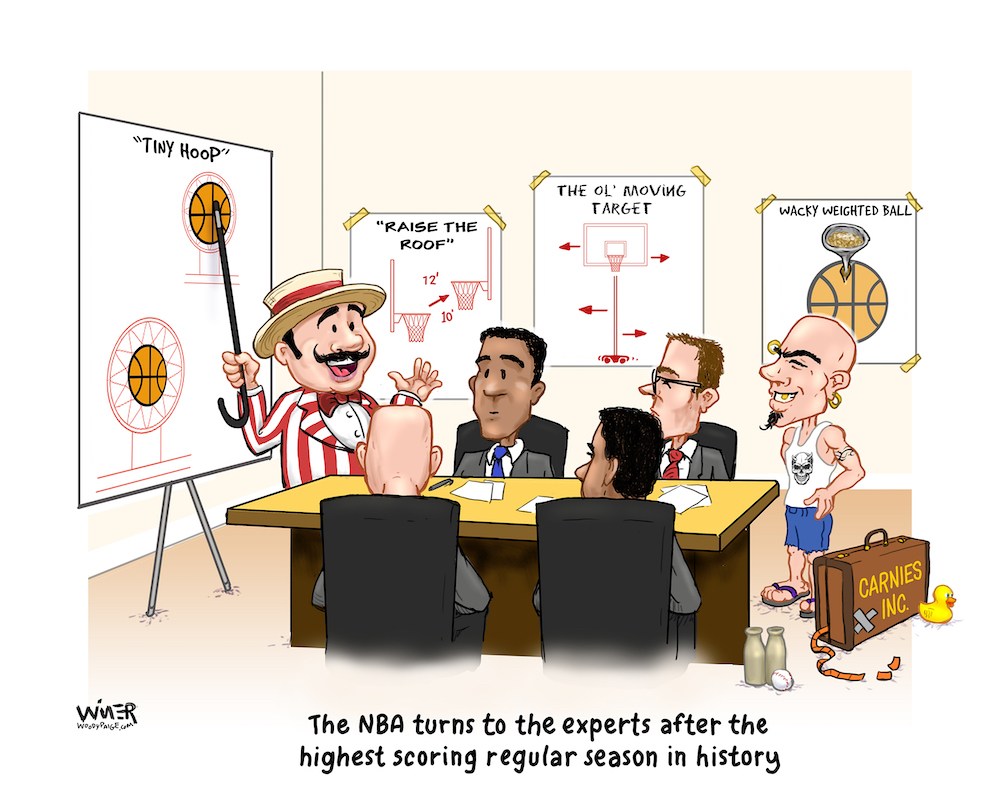
@MarkKnudson41
We’ve reached time of the year when sports fans turn at least one eye towards college baseball.
The sports calendar gets crowded when spring arrives, with March Madness leading into the start of the Major League Baseball season. Then there’s the Masters, the NFL draft and the NBA and NHL playoffs. Too much to consume and so little time. College baseball has to wait it’s turn.
And that turn comes in early June, when the season culminates with the College World Series.
For the vast majority, there isn’t a lot of reason to pay attention until now. Right about now, it’s time to get it on.
So as the sports most powerful programs – typically from the Southeastern and Atlantic Coast conferences, with a few other southern climate teams dropping in – converge on Omaha, Nebraska in the coming days – fans can get to know some of the teams and players that make for two solid weeks of exciting and well played baseball that doesn’t involve finding out if the Colorado Rockies are going to break the MLB record for most losses in a single season.
After the CWS is over, it will be back to the Rockies-losses watch.
And at some point in the not-too-distant future, it might be the College World Series that loses as well.
There are seismic changes happening in and around collegiate sports, and eventually there will be trickle down that will have a dramatic impact on all the non-revenue sports that are played on campuses around the country. And not in a good way.
They’re talking about expanding the College Football Playoff right now. And there’s always talk about expanding the NCAA basketball tournaments. Media rights contracts are still expanding in both the number of platforms and the mega dollars being brought in. The revenue-generating sports are being asked to bring in more revenue than ever, largely so the student-athletes who play those sports (and generate the revenue) can share in the financial benefits.
Soon there will be a hefty $21+ million revenue sharing pot that each school will be allowed to raise and then share among their athletes however they see fit. Rosters are being reduced in football (but scholarship limits are going away) so that the money being dispersed doesn’t have to be spread too thin.
For decades the revenue producing sports have raised all the money to pay for the school’s non-revenue generating sports. Sold out football stadiums meant the soccer team got better resources, too.
Now sold out football stadiums and basketball arenas – plus the huge TV money those sports are raising – will also need to help fund the revenue sharing pot the football and basketball players are paid out of.
Which do you think will be the priority? Hint: It won’t be the soccer programs.
Where do the non-revenue sports go to get funded?
And what’s the largest non-revenue sport on most campuses? Baseball.
Sure, baseball in the SEC and some of the ACC and Big 12 programs…and perhaps in other warm weather locales like Arizona and California – can make a little money for the athletic department. Maybe the baseball program at Vanderbilt or Tennessee or Texas pays for itself. Maybe not. But now that scholarship limits for all sports have been basically eliminated – including baseball, which can now offer 34 scholarships instead of the previous limit of 11½ – can Vandy or anyone else afford to offer that amount of financial aid…AND afford to have 34 baseball players dipping into the revenue sharing coffers too?
Unlikely.
What’s actually going to happen is that the programs and the athletes bringing in the dollars will be the ones who ultimately get to keep the dollars. It’s very likely that ultimately, the non (or very little ) revenue sports like baseball will be gently nudged out of the way so that the big money trains can keep rolling.
There are a number of high profile college athletic departments that made the decision long ago to jettison Varsity baseball from their athletic departments. The chief reason then was Title IX, and the department’s budget being unable to support a men’s non-revenue sport that ran counter to total compliance with the law. Wisconsin, Colorado, Boise State, Iowa State, Colorado State and Syracuse are among the big schools who already don’t have a baseball program, and haven’t for some time. Those schools are among the many that field “club” baseball teams through their recreation departments and not the athletic department. Those athletes have to pay their own way to participate in baseball in college.
Club baseball will be getting a boost in the coming years.
Many college baseball boosters see the new influx of big money being brought into athletic departments and think it’s just a matter of time until these schools – and others – bring back baseball. They’re fooling themselves…just looking at what’s coming in, and not what’s going out.
Title IX will continue to force athletic departments to fully fund all women’s sports, including softball, which is also peaking in interest right now with the Women’s CWS. College baseball has no such protection. The cost of doing business in big time football and basketball will continue to rise, especially now that the athletes are going to get their cut. It’s only a matter of time before these departments have to start reducing costs in areas that don’t generate dollars. Being the most expensive non-revenue generating sport will mean that baseball will be a prime place for those cuts to happen.
College baseball will eventually become much more like NCAA hockey, with a small number of schools continuing to being able to field a varsity team. Instead of college baseball being any sort of extension of the “national pastime” it’s heading toward becoming a scaled down niche sport status across the country.
The CWS will continue, just like the Frozen Four does. And it will garner roughly the same amount of interest and attention.


















